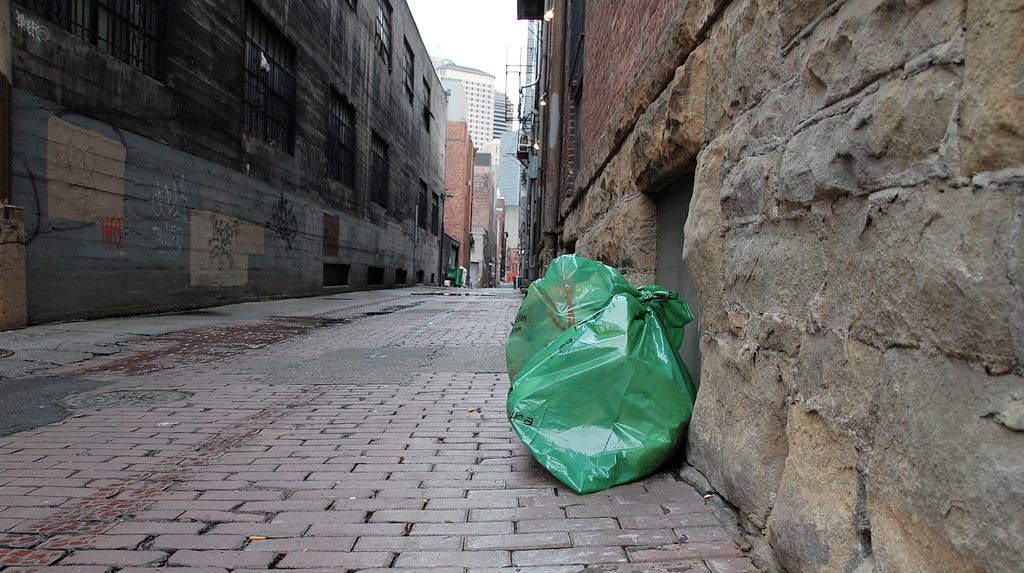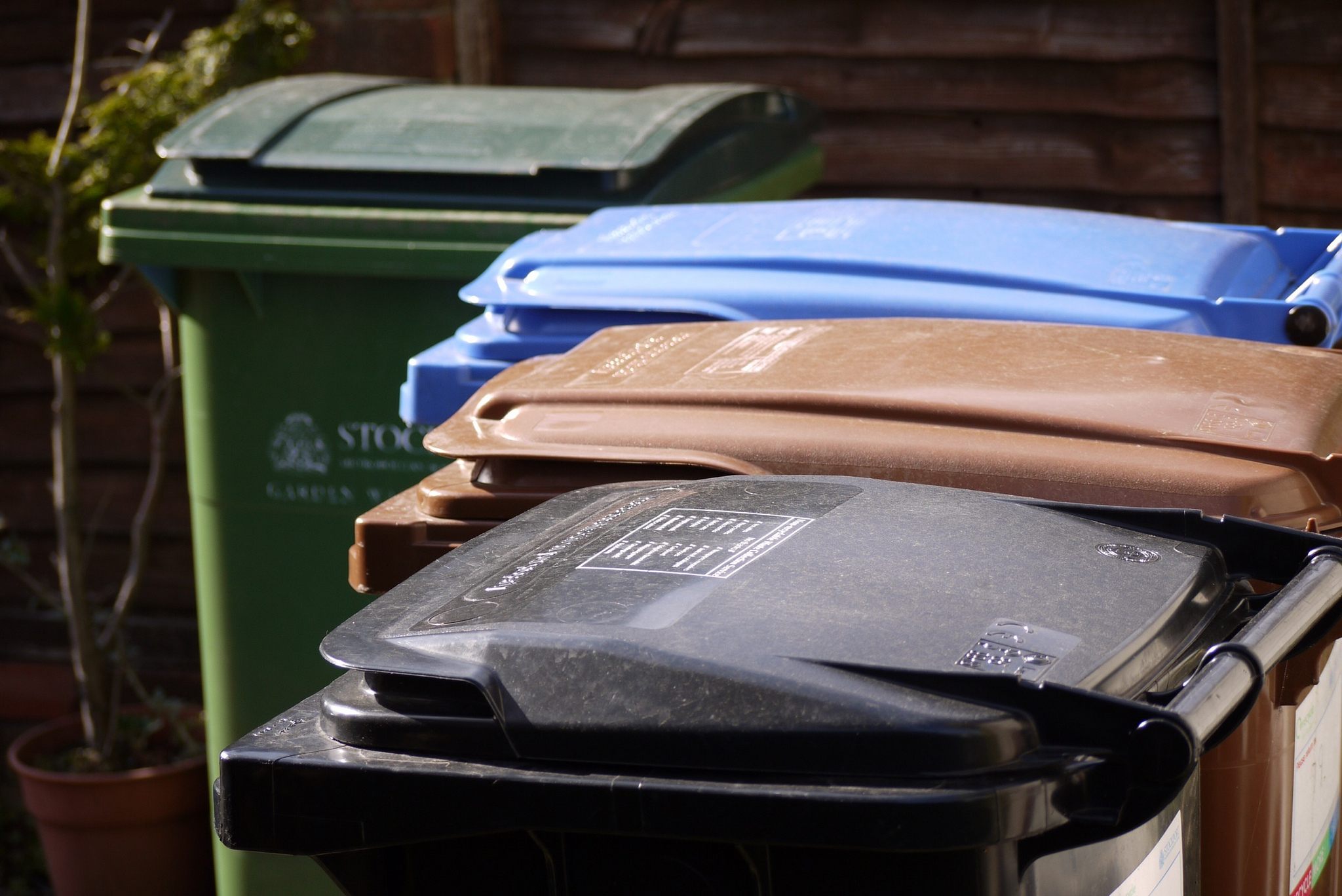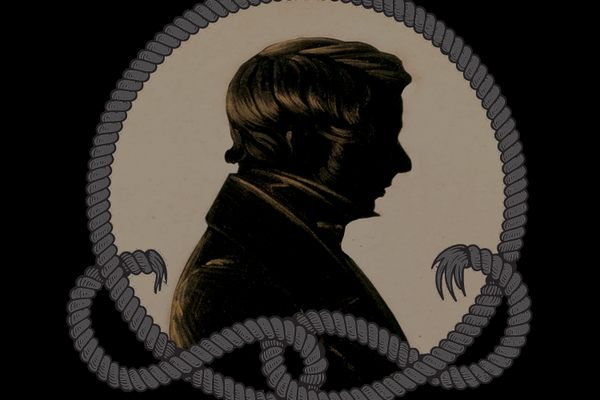Private Eyes Tell Us About Digging Through People’s Trash
It turns out this technique isn’t just good in movies—it works in real life, too.

What kind of information might be held in a dumpster like this one? (Photo: LWYang/CC BY 2.0)

It’s a staple of the detective montage on TV and in movies: an investigator takes a suspect’s trash, dumps it on a table and starts going to town. Often the results pay off handsomely: On a Columbo called episode “Agenda For Murder,” for instance, Columbo solves the case by stealing some gum from the murder’s garbage can and then by matching the murderer’s bite marks on a piece of cheese with teeth marks on that gum. In Sue Grafton’s I Is For Innocent, her detective, Kinsey Millhone, figures out an equally ridiculous murder weapon while digging through the victim’s garbage: a pastry baked with poisonous mushrooms.
But this is a case where real life and celluloid (or ink) actually match up.
The practice has different names amongst different investigators. Some call it a “trash hit,” though TJ Ward, a private investigator whose company, Investigative Consultants International, works out of Georgia, refers to it as “dumpster diving.” Colleen Collins and Shaun Kaufman, proprietors of the website Writing PIs, offer a delightful alternative: “refuse archaeology.”

Private investigators know the legalities about searching through someone’s trash. (Photo: Aaron Warren/CC BY-ND 2.0)
No matter the name, digging through somebody’s trash can prove incredibly useful. “You’d be surprised at what people throw away,” says Ward. He’s used the tactic in a wide variety of cases—domestic cases, child custody cases, sometimes even criminal cases. And he’s looking for all kinds of information. “Sometimes people throw financial information or credit card information away,” he says. That might consist of bank statements, credit card statements, or simply those endless letters advertising new offers that come from banks.
That kind of information can be invaluable. It can tell you about a person’s financial status, about where they’ve been, what they’ve bought, what their habits are, who they associate with. It can tell you who actually resides where.
But trash is more than just documents. Ward told me about one particular case he’d worked on, a child custody case, in which the garbage showed copious amounts of empty vodka bottles purchased and consumed over a very short amount of time, while the child was around. That kind of sad evidence was used to prove that one parent was unfit, something a mere description of a party or of excessive alcohol consumption wouldn’t do.

Looking through someone’s trash is known as a “trash hit”, “dumpster diving” and even “refuse archaeology”. (Photo: Brian Jeffery Beggerly/CC BY 2.0)
Surprisingly, there are rules for trash collecting. The laws vary by state and county, but generally speaking, and for Georgia, where Ward mostly operates, the he has to abide by trespassing laws. If garbage is on private property, to swipe it would be criminal trespassing and any evidence secured from it would be inadmissible in court. (Columbo’s gum wrapper, taken from a suspect’s garbage can in his private office, would have broken this law.) Even worse than the evidence being inadmissible is that the investigator who breaks this law is subject to prosecution him- or herself.
For much of the country, though, trash is placed out on the street or sidewalk for pickup. “And once it’s on the street, it’s ours,” says Ward. To properly snag some garbage, private investigators do a bit of surveillance. They have to learn when trash pickup is as well as when the suspect puts his or her trash outside. They have to learn the suspect’s schedule: when are people home? When are they asleep? Is there ever a window shortly after trash is placed outside that the house is empty and thus free from prying eyes? Then they have to snag the entire bag to take elsewhere for inspection, after first documenting the scene to make it clear that this garbage came from this place.
Unlike Columbo, who rooted around with his bare hands through some private garbage, real investigators would rather bring gloves and spare garbage bags and carry off the entire haul. “We wouldn’t do searches through the trash there,” says Ward. It’s slow and inefficient, there’s not much equipment on hand, and investigators run the risk of being spotted. So they take it somewhere else and dig through it at their own pace. That requires its own kind of preparation, but it’s all pretty standard: wear clothes that can get dirty, take care to prepare a car so a suspect’s garbage juice doesn’t ruin it, that kind of thing.

Information found in trash could be used in court - provided it was sourced legally. (Photo: Smabs Sputzer/CC BY 2.0)
From there, the trash is photographed, often alongside letters or something else that shows a suspect’s name and address, and sometimes bagged to be used as evidence in court. “It’s just one of the tools of the trade, but it’s very effective, depending on what you’re looking for,” says Ward.
Trash hits have produced vital clues in several real-life, sometimes high-profile cases. Handwriting samples and scrawls found on old newspapers, scrounged from the garbage, were enough to link Brian D. Norton to a spate of anthrax letters mailed 15 years before. In Detroit, an unusual call for a special trash pickup led investigators to find a pair of shoes at a dump worn by the perpetrator as he (this is kind of gruesome) stomped on the victim’s neck and chest.
Not everyone entirely agrees that trash hits are a required investigative tool, though. One private investigator, who asked me not to use his name, told me that trash hits are on the way out of his regular rotation. “I used to do this in the late 90’s, [but] I think it is obsolete now,” he wrote in an email. “We would do it to confirm someone was living somewhere or not, based on mail or anything else that showed they lived there or at least got mail there.” But, he says, for missing persons cases, he doesn’t much mess around with trash anymore. “There are much better ways of finding out a person’s location now,” he wrote. Still, for other cases, like the child custody case with the vodka? Sometimes there’s no substitute for trash.









Follow us on Twitter to get the latest on the world's hidden wonders.
Like us on Facebook to get the latest on the world's hidden wonders.
Follow us on Twitter Like us on Facebook